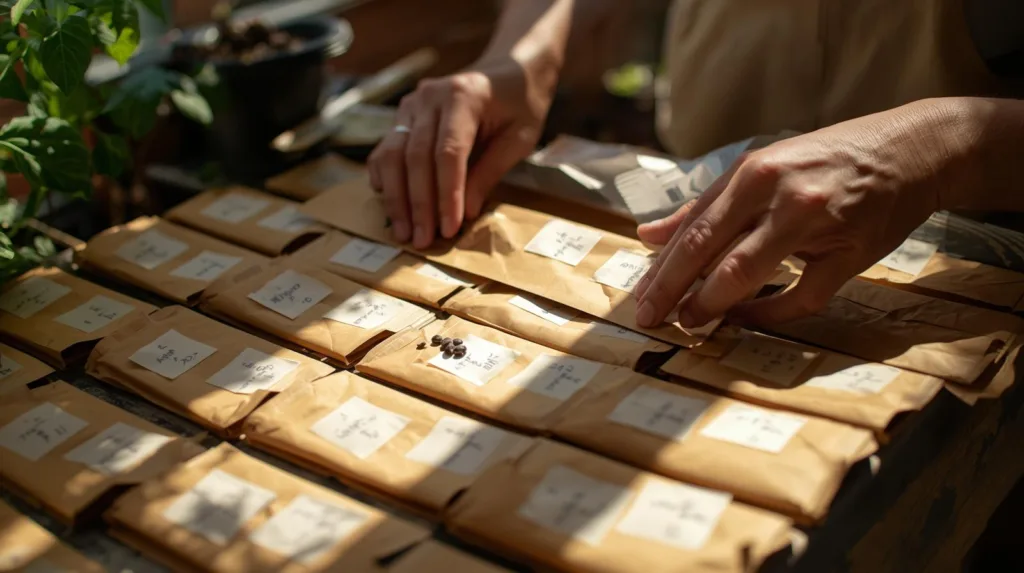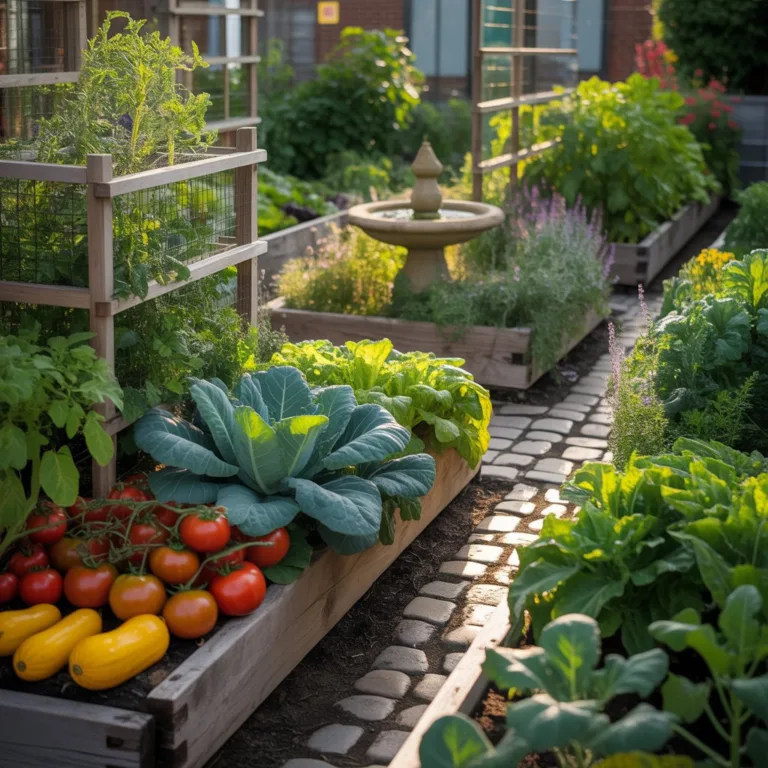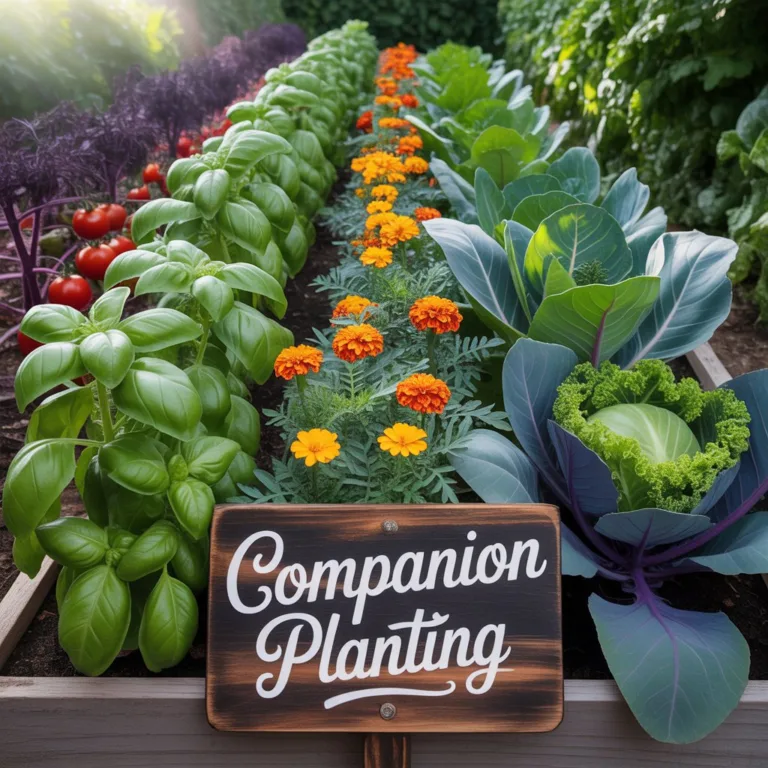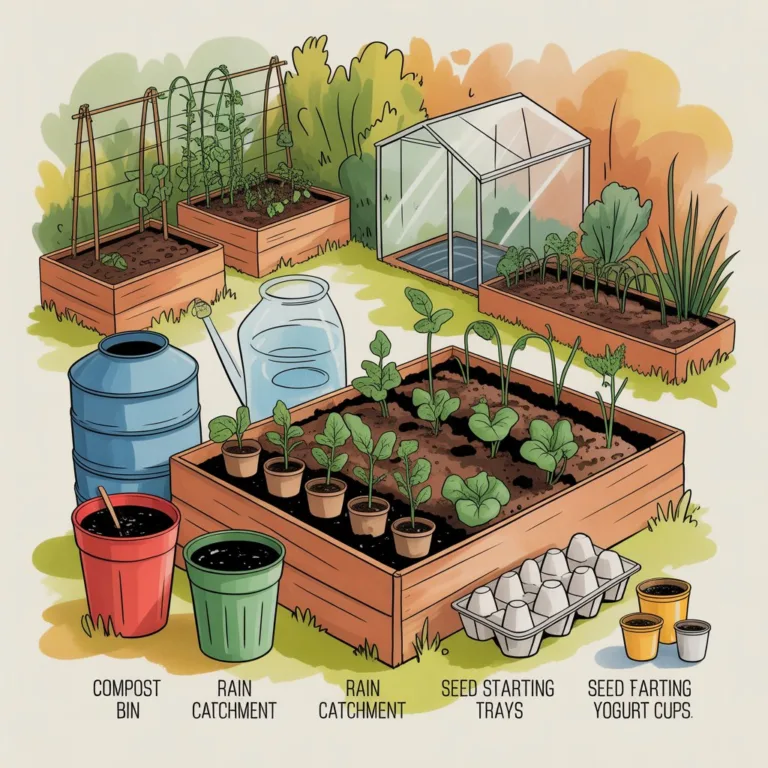Saving seeds is an essential practice for anyone interested in sustainable gardening and self-sufficiency. By preserving seeds from your own plants, you reduce dependence on commercial seed suppliers, maintain biodiversity, and ensure that plants adapted to your local climate continue to thrive.

Seed saving empowers gardeners to take an active role in shaping their gardens while fostering environmental stewardship. It is not only practical but also a meaningful way to connect with the life cycles of the plants in your care.
Understanding Seed Viability
Before you begin saving seeds, it’s crucial to understand seed viability—the period during which a seed remains capable of germinating. Several factors affect viability:
- Plant Species: Some seeds, such as tomatoes, peppers, and beans, can remain viable for several years, while others, like onions or parsnips, may only last a single season.
- Maturity: Only fully matured seeds can germinate successfully. Immature seeds will fail to sprout.
- Storage Conditions: Proper storage in cool, dry, and dark environments significantly extends seed life.
Understanding these factors ensures your saved seeds have the highest chance of success in future planting seasons.
Choosing Plants for Seed Saving
Not all plants are ideal for seed saving. Consider the following when selecting plants:
- Heirloom Varieties: These plants breed true-to-type, making them perfect for seed preservation.
- Healthy Plants: Avoid collecting seeds from sick or stressed plants to prevent disease transmission.
- Productive Plants: Choose plants that consistently yield abundant fruits, vegetables, or flowers. The traits of these plants are more likely to be passed on.
By selecting carefully, you increase the likelihood that your next generation of plants will be robust and productive.
How to Collect Seeds
The method for collecting seeds varies depending on the type of plant:
- Fruiting Plants: For tomatoes, peppers, and cucumbers, scoop out seeds from ripe fruit, rinse them to remove pulp, and let them dry completely.
- Legumes: Beans and peas produce pods that should be fully mature and dry before harvesting.
- Flowers: Collect seeds once the flower heads have dried and turned brown. Shake or rub seeds gently to release them.
- Grains and Herbs: Cut mature seed heads, then separate seeds from chaff by hand or using a sieve.
Ensure seeds are fully mature and dry to prevent mold or early germination.
Cleaning and Drying Seeds
Proper cleaning and drying are critical for long-term seed storage:
- Remove Debris: Separate seeds from plant material, dirt, or pulp.
- Air Dry: Spread seeds on paper towels, screens, or plates in a ventilated, shaded area. Avoid direct sunlight.
- Check for Moisture: Seeds should snap or feel firm; any softness indicates residual moisture that could cause mold.
Thorough drying preserves seed viability and prevents decay during storage.
Storing Seeds Properly
Effective seed storage ensures that seeds remain viable for years:
- Containers: Use airtight glass jars, envelopes, or seed packets.
- Environment: Store seeds in cool, dark places; refrigeration can extend shelf life.
- Labeling: Clearly mark the plant type and harvest year for easy tracking.
By controlling storage conditions, you protect your seeds and maintain high germination rates.
Preparing Seeds for Planting
When ready to plant saved seeds:
- Test Germination: Plant a few seeds first to verify viability.
- Pre-Treat Seeds: Some seeds need stratification (cold treatment) or scarification (scratching the seed coat) to germinate.
- Use Fresh Potting Medium: Plant seeds in nutrient-rich, sterile soil to reduce the risk of disease.
- Maintain Proper Conditions: Keep soil moist and provide adequate light for seedlings.
Following these steps ensures the success of your saved seeds.
Benefits of Seed Saving
Seed saving offers many advantages beyond gardening:
- Promotes Biodiversity: Preserves plant varieties that may not be commercially available.
- Encourages Self-Reliance: Reduces dependence on seed companies.
- Educational Opportunities: Teaches children and new gardeners about plant life cycles.
- Cost Savings: Minimizes the need to buy new seeds each season.
Engaging in seed saving helps build a sustainable and resilient gardening practice.
Creative Seed-Saving Projects
Seed saving can also become a fun, educational activity:
- Decorative Seed Envelopes: Make personalized envelopes to store or gift seeds.
- Seed Libraries: Create a home seed bank or contribute to community seed libraries.
- Educational Kits: Combine seeds with soil and planting instructions to teach children about gardening.
- Seed Swap Events: Exchange seeds with neighbors or local gardening groups to increase variety.
These activities add creativity and community engagement to sustainable gardening practices.
Common Challenges and Solutions
Seed saving is rewarding but can present challenges:
- Cross-Pollination: Keep similar plants separated or accept hybrid varieties.
- Mold and Rot: Ensure seeds are fully dried and stored in dry conditions.
- Low Germination Rates: Use fresh seeds and proper storage. Plant extra seeds as backup.
- Insect Damage: Store seeds in sealed containers and monitor for pests.
Being aware of these potential issues will help gardeners plan effectively and succeed.
Global Impact of Seed Saving
Beyond your garden, seed saving has a larger ecological and social impact:
- Food Security: Contributes to resilient local food systems.
- Cultural Preservation: Maintains traditional plant varieties for future generations.
- Environmental Stewardship: Reduces packaging waste and industrial seed production.
Seed saving connects gardeners to broader sustainability and biodiversity efforts worldwide.

Sofia Greenfield is a sustainable gardening expert and environmental educator who inspires families and urban gardeners to cultivate green spaces responsibly. She shares practical tips on growing vegetables, herbs, and flowers using eco-friendly and recycled materials, emphasizing the joy of gardening while protecting the planet.



